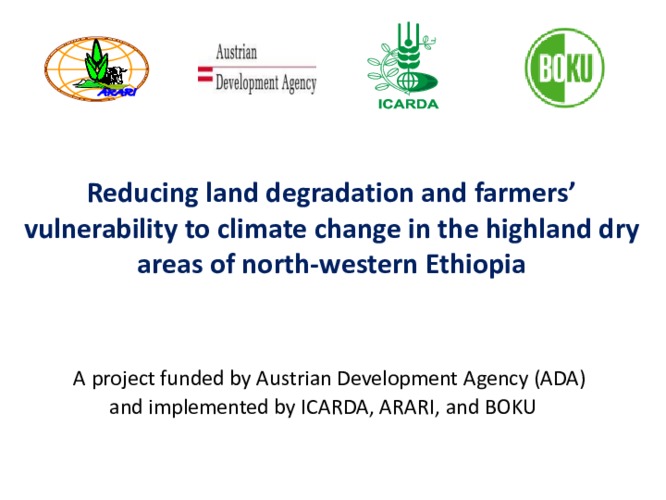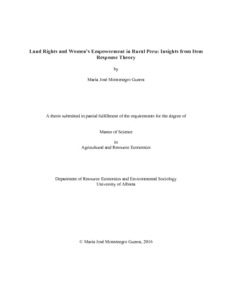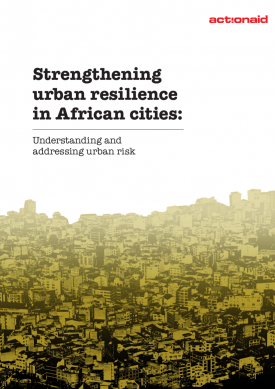Reducing land degradation and farmers’ vulnerability to climate change in the highland dry areas of north-western Ethiopia
The document presents research activities on Mitigating Soil Erosion and Water Scarcity, Increasing Farmers’ Adaptation Capacity to Climate Change in the Highland dry areas of Ethiopia




